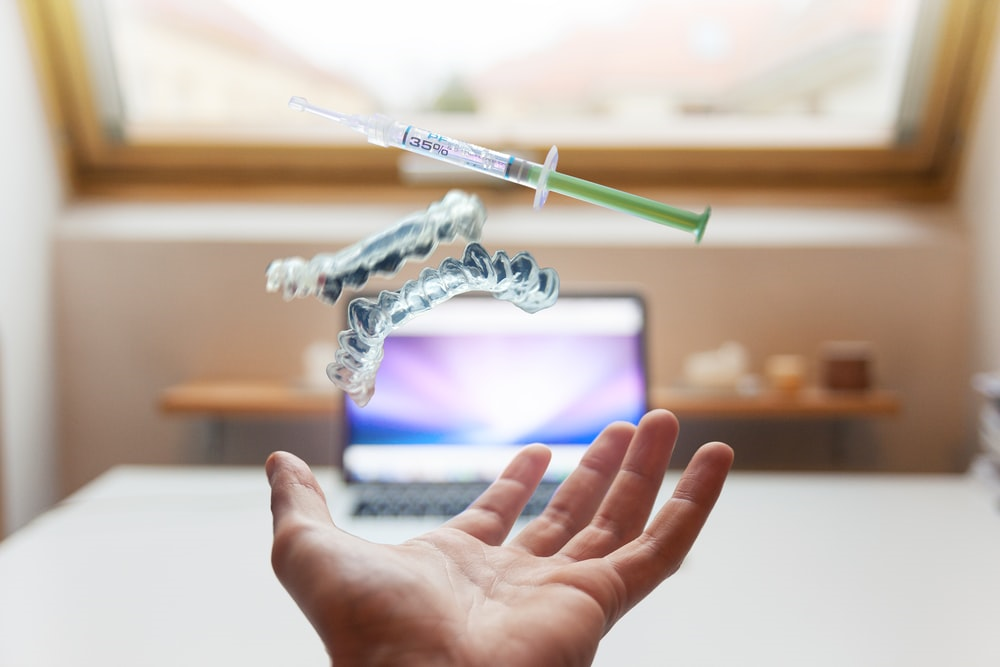
Varicose veins are a common medical condition that can cause pain and discomfort. In severe cases, it can lead to skin ulcers and blood clots. Fortunately, advances in healthcare technology have enabled treating varicose veins with less invasive procedures. This article will discuss the improvements in healthcare technology for varicose vein treatment.
Introduction to varicose veins
Varicose veins are a common condition, mainly affecting women and older people. Varicose veins are swollen, twisted veins that appear under the skin's surface. These veins may be blue or purple, often bulging from the skin's surface of the legs. Weakened valves and veins in the legs cause them. Deformed valves can cause blood to flow backward and pool in the veins, causing them to expand.
When dealing with varicose veins, it is recommended that you visit a vein doctor. They are specialists in treating various vein problems, including severe varicose veins.
Traditional Varicose Vein Treatment
Surgery, also known as vein stripping, was the traditional treatment for varicose veins. It involves the removal of the affected veins through a surgical incision. The main disadvantages of vein stripping are the following:
- Requires general anesthesia
- Patients may need to stay in the hospital for several days
- The recovery time can take several weeks
- The procedure can cause significant pain and scarring
The good news is that newer, less invasive treatments are now available to treat varicose veins.
Advancements in healthcare technology for varicose vein treatment
Advances in healthcare technology have enabled vein doctors to treat varicose veins with less invasive procedures. This new technology reduces pain and has faster recovery times. The following are some of the most popular minimally invasive procedures:
Endovenous Laser Treatment (EVLT)
It involves the use of a laser to close off the affected veins. A small laser fiber is inserted into the vein, which emits heat that causes the vein to collapse and seal shut.
Radiofrequency Ablation (RFA)
Radiofrequency Ablation (RFA) uses radiofrequency energy to close off the affected veins. The technique requires placing a tiny catheter into the vein, which generates heat, causing the vein to collapse and close.
Sclerotherapy
Sclerotherapy involves the injection of a special foam into the affected veins. The solution irritates the vein's lining, causing it to collapse and seal shut.
VenaSeal
Venaseal uses a medical adhesive to seal the affected veins. Through a small incision, doctors insert a catheter into the affected vein. Once the catheter is in place, the medical adhesive is injected into the vein, sealing it shut.
Varithena
Varithena involves injecting a foam solution into the affected vein to close it. The foam solution contains a medication that irritates the lining of the affected veins, causing them to collapse. One advantage of Varithena is that it can treat a broader range of varicose veins. It can treat large and small veins and veins located deeper in the leg.
Benefits of minimally invasive varicose vein treatment
Minimally invasive varicose vein treatment has many advantages over traditional vein stripping, including:
- Reduced pain and discomfort
- Faster recovery time
- Minimal scarring
- No hospitalization is necessary
- Lower risk of complications
- Lower risk of infection
- No need for general anesthesia
- Improved aesthetic outcomes
- Higher cost-effectiveness in the long run
These benefits make it easier for patients to undergo varicose vein treatment. Patients can return to normal activities faster and with less discomfort.
Healthcare technology advancements and future developments
Advancements in healthcare technology have improved the treatment of varicose veins. There are ongoing developments that could further enhance the patient experience. For example, new medical devices are being developed to target the affected veins precisely. These new improvements will result in even less pain and shorter recovery times. Also, there is ongoing research into using new materials that could improve the effectiveness of the treatments.
Conclusion
Advances in healthcare technology have improved the treatment of varicose veins. New technologies make treatments easier, safer, and more effective for patients. Minimally invasive treatments offer patients fewer complications than traditional surgical treatments. Also, these therapies are more cost-effective in the long term, making them an excellent alternative for patients.